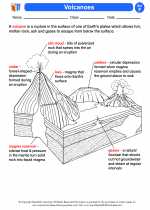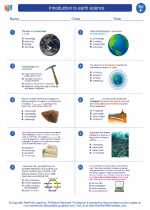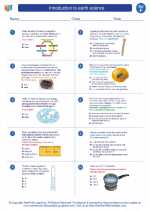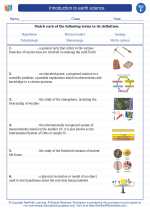Structure of the Cell Membrane
- The cell membrane is composed of a double layer of phospholipid molecules.
- It contains proteins that are either embedded within the membrane or attached to the surface.
- Cholesterol molecules are interspersed within the phospholipid bilayer, providing stability to the membrane.
- Carbohydrates are present on the outer surface of the membrane, serving as recognition sites for cell-cell communication.
Functions of the Cell Membrane
- Regulates the passage of substances in and out of the cell.
- Provides structural support and shape to the cell.
- Facilitates cell recognition and communication with other cells.
- Participates in cell signaling and signal transduction processes.
Transport Across the Cell Membrane
- Passive transport: Includes diffusion and osmosis, and does not require energy input from the cell.
- Active transport: Involves the movement of substances against their concentration gradient, requiring energy in the form of ATP.
- Facilitated diffusion: Utilizes specific carrier proteins to transport substances across the membrane.
- Endocytosis and exocytosis: Processes by which large molecules are transported into or out of the cell via vesicles.
Role of the Cell Membrane in Homeostasis
- The cell membrane helps maintain the internal balance of the cell by regulating the passage of ions, nutrients, and waste products.
- It prevents the entry of harmful substances into the cell and allows essential molecules to enter.
- Through selective permeability, the cell membrane ensures that the cell's internal environment remains stable and functional.
◂Science Worksheets and Study Guides Sixth Grade. Introduction to earth science
Study Guide Introduction to earth science
Introduction to earth science  Activity Lesson
Activity Lesson Volcanoes
Volcanoes  Worksheet/Answer key
Worksheet/Answer key Introduction to earth science
Introduction to earth science  Worksheet/Answer key
Worksheet/Answer key Introduction to earth science
Introduction to earth science  Worksheet/Answer key
Worksheet/Answer key Introduction to earth science
Introduction to earth science  Vocabulary/Answer key
Vocabulary/Answer key Introduction to earth science
Introduction to earth science  Vocabulary/Answer key
Vocabulary/Answer key Introduction to earth science
Introduction to earth science 

 Activity Lesson
Activity Lesson
 Worksheet/Answer key
Worksheet/Answer key
 Worksheet/Answer key
Worksheet/Answer key
 Worksheet/Answer key
Worksheet/Answer key
 Vocabulary/Answer key
Vocabulary/Answer key
 Vocabulary/Answer key
Vocabulary/Answer key

The resources above cover the following skills:
EARTH AND SPACE SCIENCE